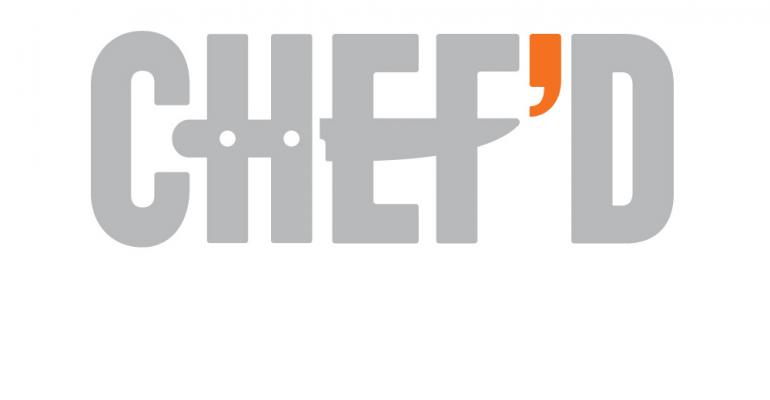Meal kits have ballooned into a $5 billion category, according to a report from Packaged Facts, but they are still a niche that has not proven its viability.
For that reason and others, it may make sense for some retailers to bypass the investment of developing their own meal kit lines and instead work with third parties, even though the margins from an in-house brand might be better in the long term, according to some industry observers.
The meal kit concept had a watershed year in 2017, with initial public offerings from Blue Apron and Hello Fresh, the acquisition of Plated by Albertsons and numerous other initiatives that saw retailers either partner with existing meal kit companies or expand their own offerings.
Last week Walmart began offering branded meal kits from several different providers through its website, following reports in September that the retailer was planning such a move.
And last month Williamsville, N.Y.-based Tops Markets said it would begin offering five exclusive varieties of meal kits from Chef’d in its stores. It was the second retail partnership for Chef’d, which earlier this year reached an agreement to supply meal kits in Gelson’s stores in Southern California.
Partnering with retailers to provide access to meal kits makes a lot of sense for meal kit providers, according to Brita Rosenheim, food tech industry advisor and investor at Better Food Ventures.
“One of the biggest challenges for meal kits is that the math doesn't work for most distribution models, because of packaging and shipping,” she said.
Kathleen Romanowski, a spokeswoman for Tops, said the Chef’d meal kits have been rolled out to more than half of its stores and have exceeded expectations, with many shoppers becoming repeat customers of the products.
“We plan to expand at a controlled pace over the next few months,” she said.
The kits, developed in a partnership between food product supplier Smithfield and Chef’d, are delivered to stores through Tops’ distribution center.
While most meal kit companies operate on a subscription-based home-delivery model, offering the products in stores allows meal-kit providers to test different recipes and offerings more economically than via a distribution model, Rosenheim explained.
For a category that has yet to prove itself as a viable meal solution for mainstream consumers, partnering with an existing meal kit provider allows retailers to test the concept with their customer base without committing the resources that would be required to develop a meal kit program in-house.
“It is a significant undertaking,” said Rosenheim. “In order to continue to grow, and add scale and add variety, it’s a full-time job, vs. a deli manager’s job.”
In fact, executives at Cincinnati-based Kroger have said they are taking a measured approach to rolling out their own Prep + Pared line of meal kits to ensure that they get it right.
Other retailers that have developed their own in-house meal kits include Lakeland, Fla.-based Publix Super Markets and Minneapolis-based Supervalu, which last month expanded the availability of its Quick & Easy meal solutions line to its wholesale customers after launching the products at its own retail banners.
Publix, which offers meal kits under its own Aprons recipe and meal-planning brand, gives customers a choice among three categories of meal kit recipes based on the amount of labor involved: Simple (six steps or less), Simpler (four steps or less) and Simplest (heat and eat).
Its approach highlights the position of meal kits in the industry as a niche between the fully prepared foods supermarkets offer and the purchase of individual ingredients for home cooking.
“It’s essentially edited, curated grocery shopping around recipes,” said Rosenheim of the meal kit category. “There’s definitely a group of consumers that does resonate for, but it’s unclear if this is going to be mainstream and everyone’s going to cook this way.”
For many consumers who are seeking the most affordable solution for dinner preparation, meal kits may never be a viable option.
“Whether this is a niche approach to making dinner, or something that can be affordable for everyday Americans vs. high-net worth individuals, it’s unclear,” said Rosenheim.
For retailers who do manage their meal kit programs in-house, the offering can be managed in much the same way they manage other private label offerings, she explained. Managing the brand in-house also gives retailers the ability to test different recipes, pricing and other variables as the category evolves.
“It’s about serving your customer base, and different customers want different things,” said Rosenheim. “Some are price sensitive or have different dietary concerns.
“There are plenty of very successful private label strategies that have bridged organic, gluten-free, affordable, etc.,” she said. “It’s just a question of whether it makes sense for a retailer to spend the effort … to execute on that.”




